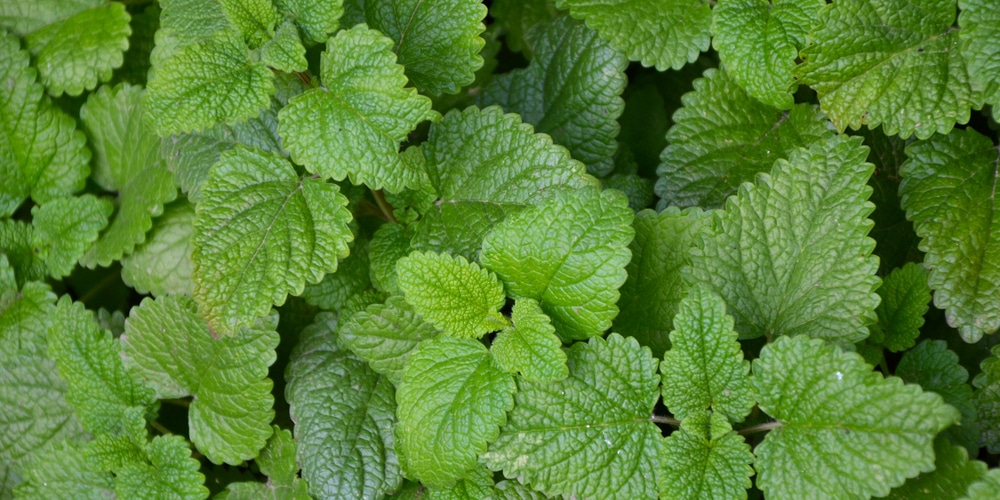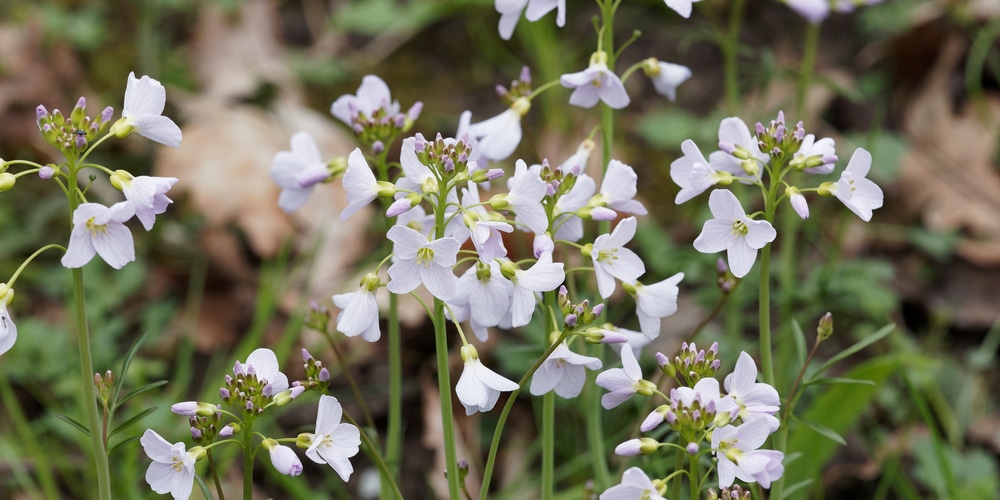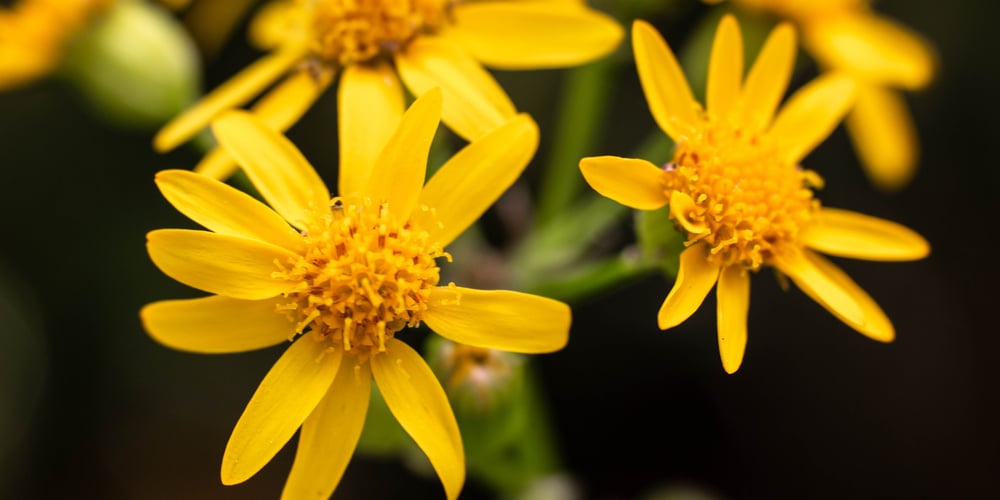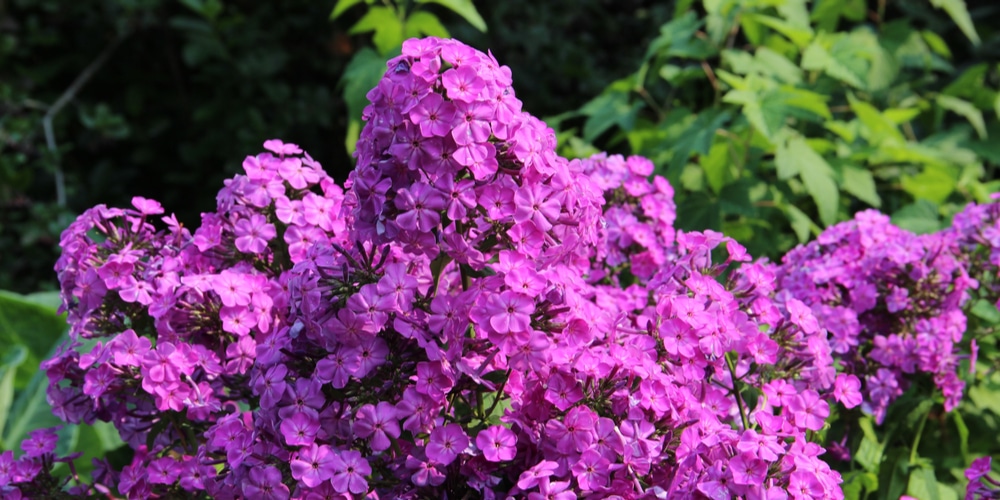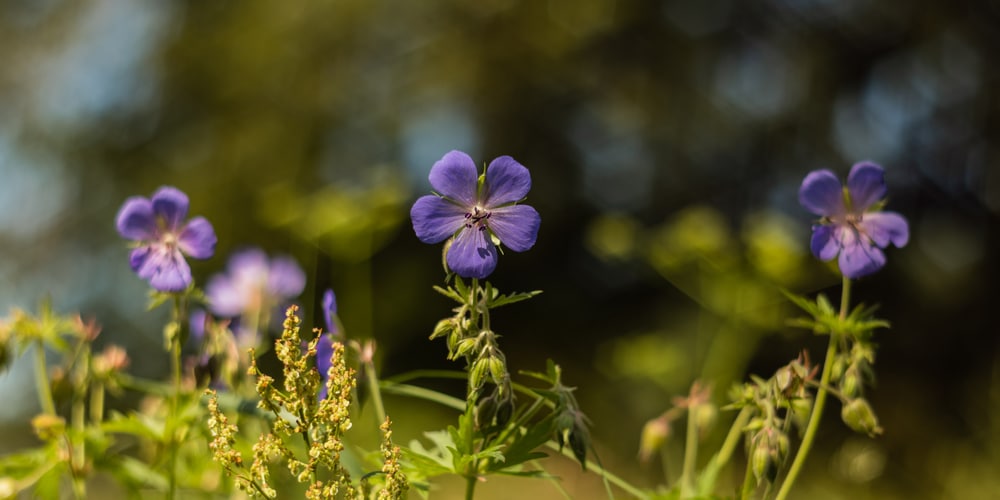Have you ever seen rain falling so heavily and quickly that the water doesn’t have the time to soak into the ground? If that’s not something new to you, you might benefit from a rain garden.
Such constructions are shallow areas that collect water from roofs, driveways, and lawns and “trap” the water for your plants.
But what if your rain garden doesn’t receive full sunlight? Can you find plants that tolerate shade that will grow well under such conditions? Keep reading to learn more about shade plants for rain gardens. Here, we included our list of favorites!
Shade Plants for a Rain Garden
If you live in an area where droughts are not unheard of, building a rain garden will help you make the most out of your yard and optimize water usage. After all, such solutions are environmentally friendly, support the wildlife, and contribute to filtering toxic materials. Here are some shade plants for a rain garden:
Lemon Balm
Also known as “Melissa,” lemon balm is a herb with a citrus scent that performs well in rain gardens. Member of the mint family, this herb grows naturally in damp and dry areas.
Lemon Balm adapts to various environments, including shady areas. Under the optimal conditions, lemon balm tends to spread fast and aggressively. You can prevent that by harvesting the tops of your plants before flowering to reduce the chances of seeding.
Avoid fertilizing your lemon balm: it will reduce the strength of its scent.
Creamy Violet
The creamy violet is an ideal plant to grow in a shady rain garden. These delicate-looking flowers grow best in soils that receive adequate moisture and under partial shade.
Also known as Viola Striata, creamy violets are low-growing perennials that create a gorgeous “cushion” effect. Ensure that the soil is consistently moist: if necessary, add some mulch around our plants.
You will get stunning creamy white flowers from mid-spring to the early summer! One of the best parts about growing these plants is that they are relatively easy to grow and resistant to most pests and diseases. If you are a beginner gardener, you shouldn’t have problems growing them.
Golden Ragwort
Golden ragwort is a wildflower that, unlike other plants, prefers growing in the shade. The plant is low-maintenance and performs exceptionally well in rain gardens, as they perform well in damp soil.
If you live between USDA hardiness zones 3 and 9, you’ll have no issues growing this plant. As the name suggests, this plant produces yellow flowers that create an attractive groundcover effect in the spring.
If you are looking for ways to add more color to your garden, there might not be a better option than planting golden ragwort.
Meadow Phlox
Meadow phloxes are tall and eye-catching plants, ideal for adding an elegant touch to your rain garden. These plants produce large clusters of pink, lavender, or white flowers during the summer and require minimal attention from your side.
But beware: the plant is susceptible to powdery mildew, which might become a problem in wet environments.
So, make sure the substrate you use is well-draining to keep it moist but avoid sogginess. Don’t forget to add some compost to enhance flower production and boost these plants’ growth.
Northern Blue Flag
The Northern Blue flag is a plant that naturally occurs in wetlands and along shorelines. For these reasons, it is a perfect plant for your rain garden. And don’t worry about the shade: these plants will produce flowers even with minimal lighting.
Plus, they are relatively low-maintenance: with adequate moisture and nutrition, you won’t have to do much to have them thrive in your rain garden.
Monkey Flower
Monkey flowers are ideal rain garden options because they thrive in moist environments. And they don’t mind the shade, making them a perfect solution to add some color to a shady rain garden.
Also, during the blooming season (in the spring and the summer), these plants attract plenty of beneficial pollinators, including bees and butterflies. You can find them in several varieties: choose the ones whose colors suit your taste better.
Wild Geranium
Wild geranium grows well in the shade and needs plenty of moisture to grow. You can add it to your rain garden to add a delicate touch to the composition. Don’t forget that these plants need plenty of organic matter to produce their gorgeous flowers.
While they might bloom more abundantly under full sun, you can still get a lot out of your wild geraniums when planting them under the shade.
Related Article: Plants That Like Wet Soil
